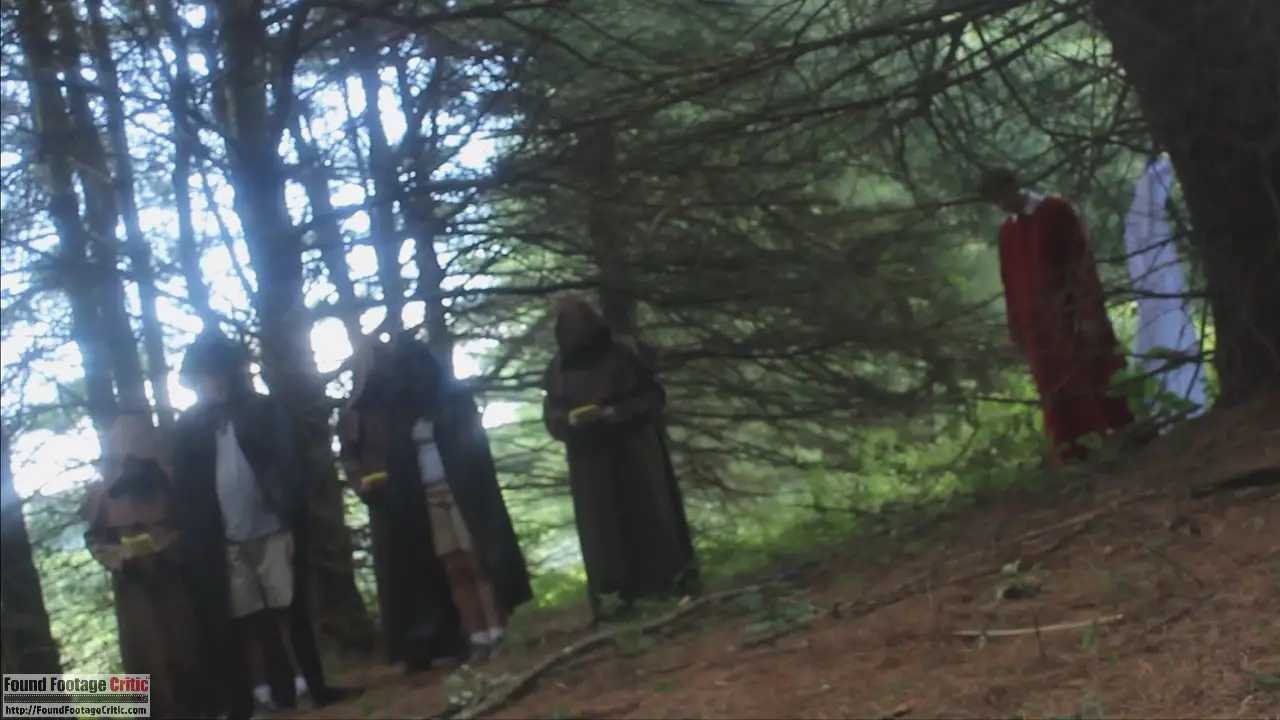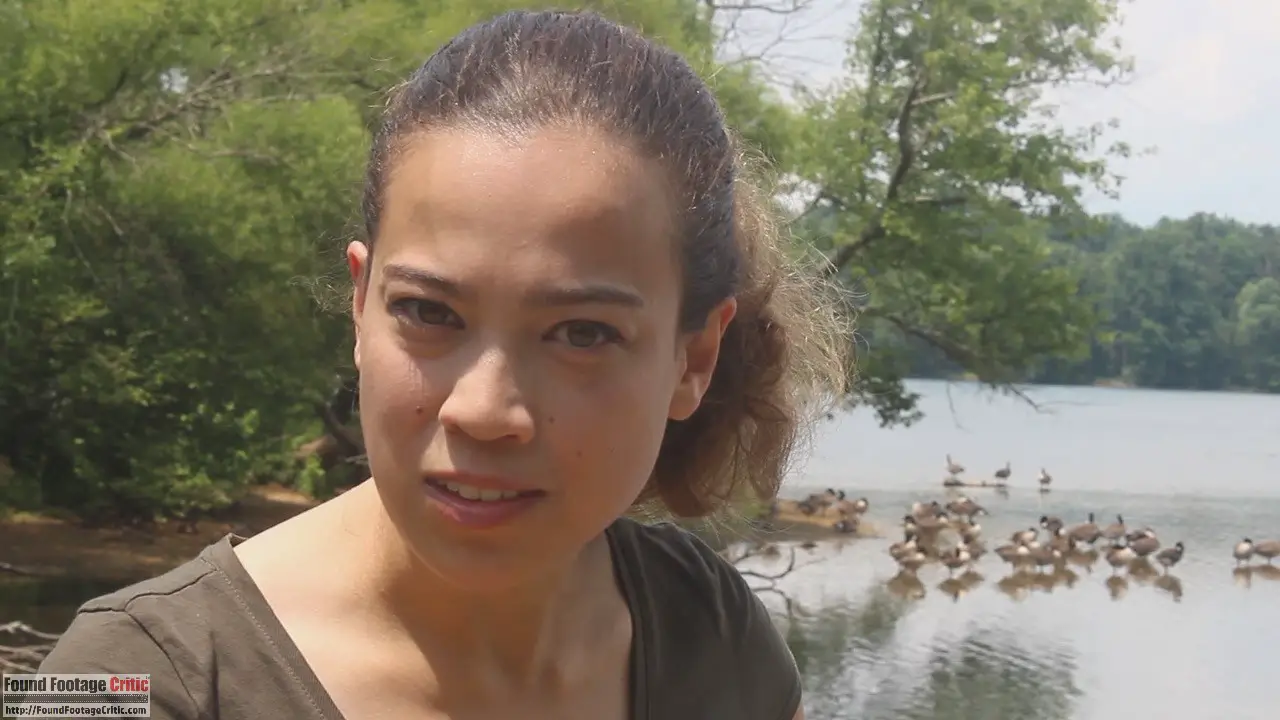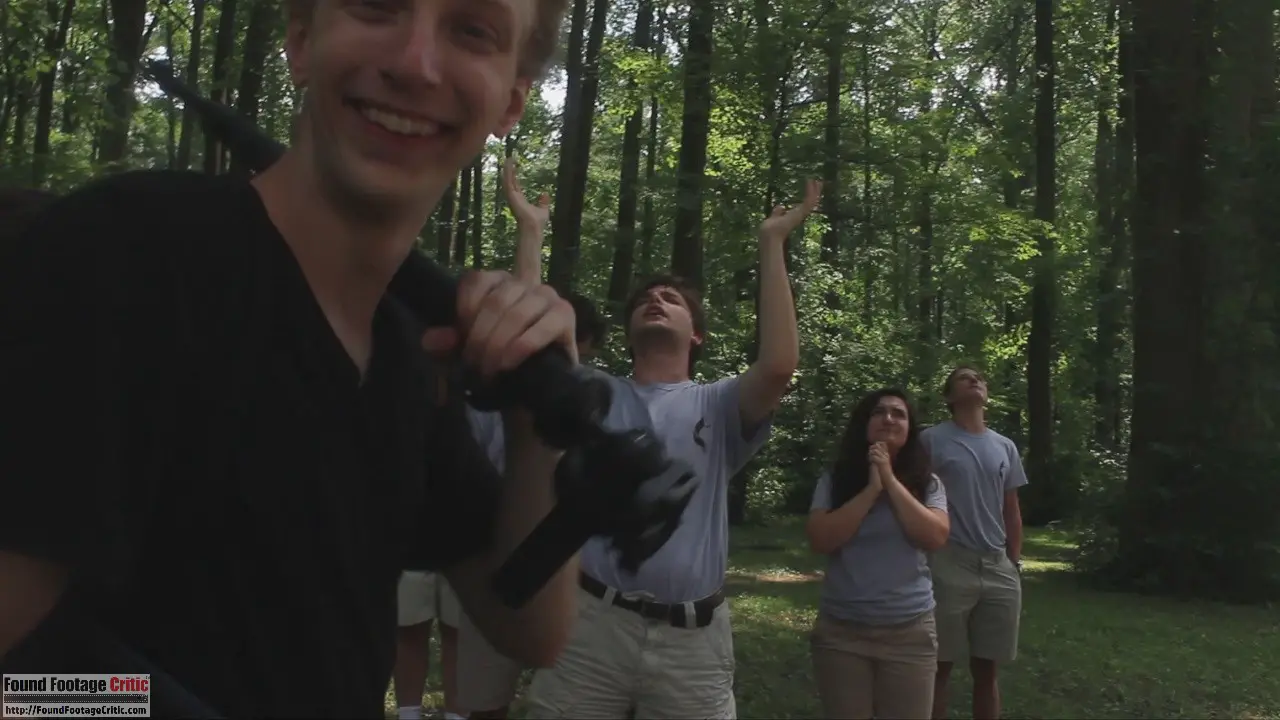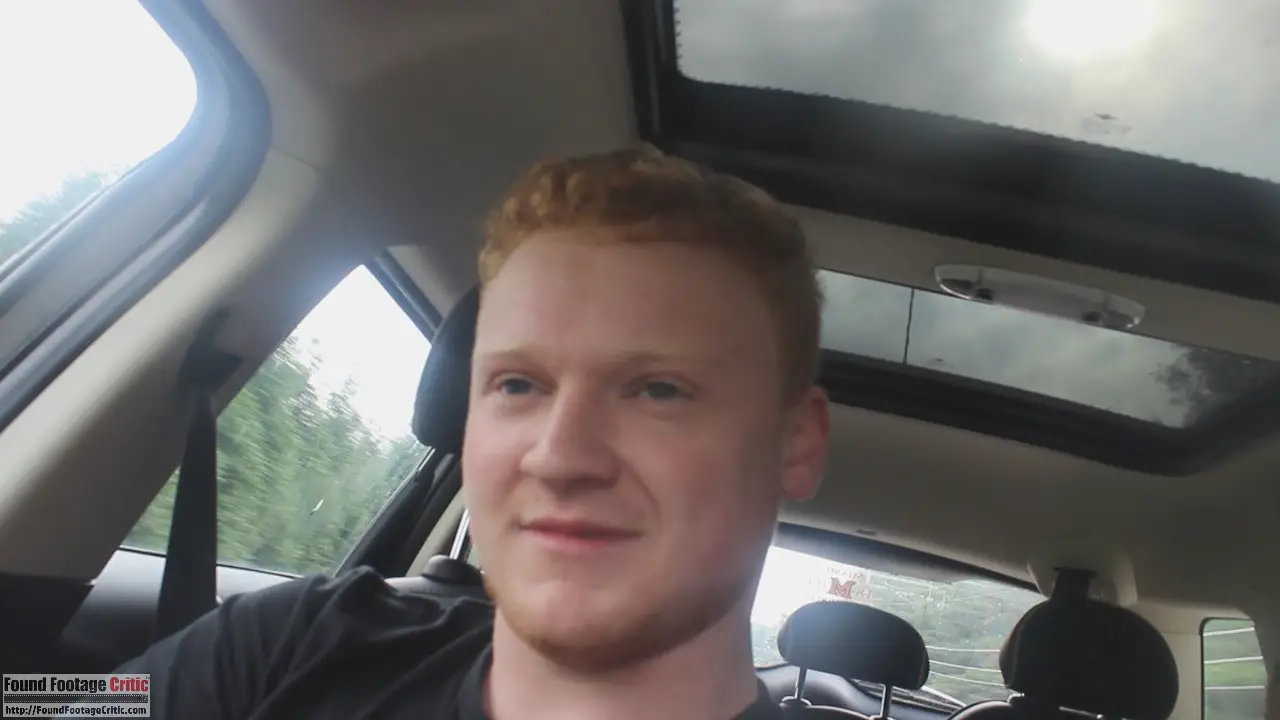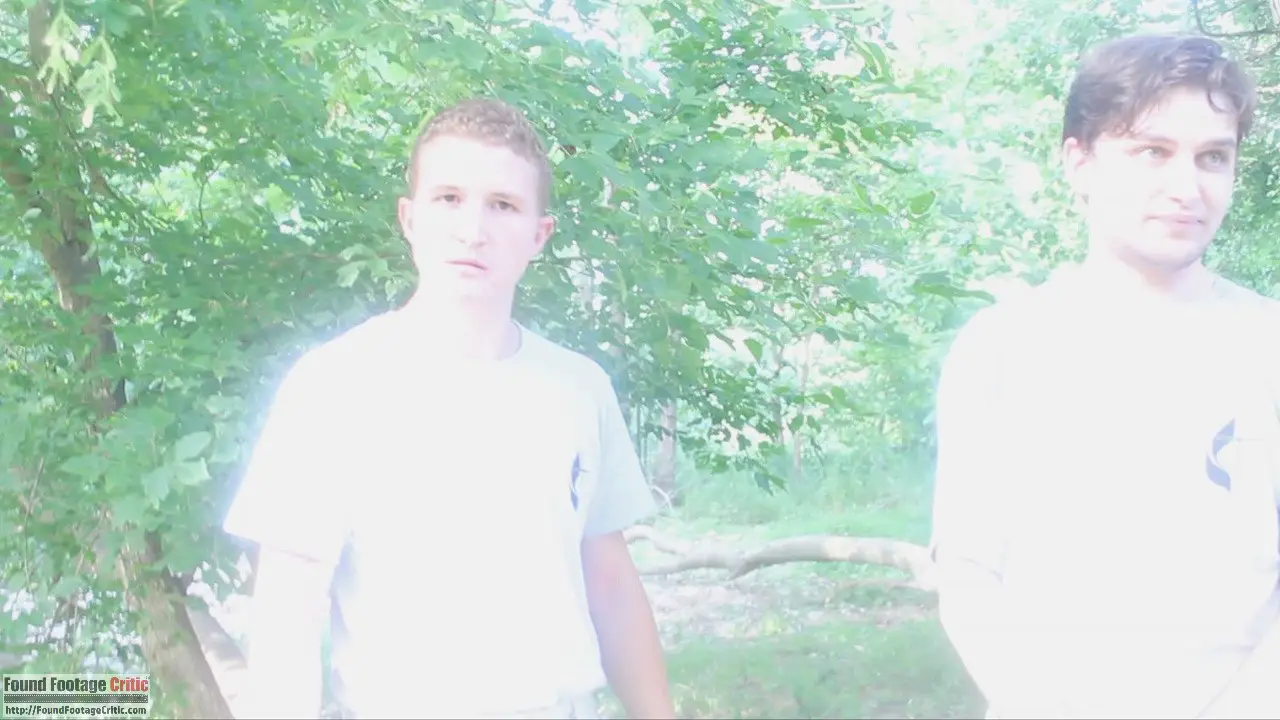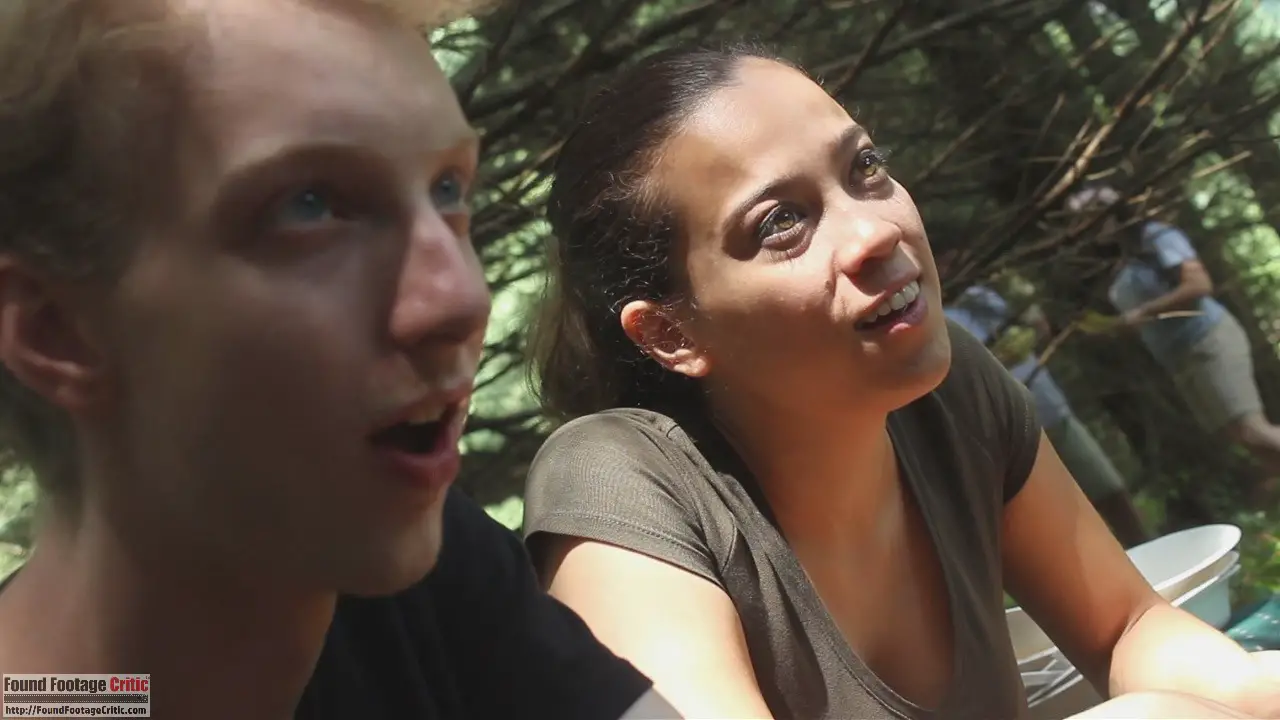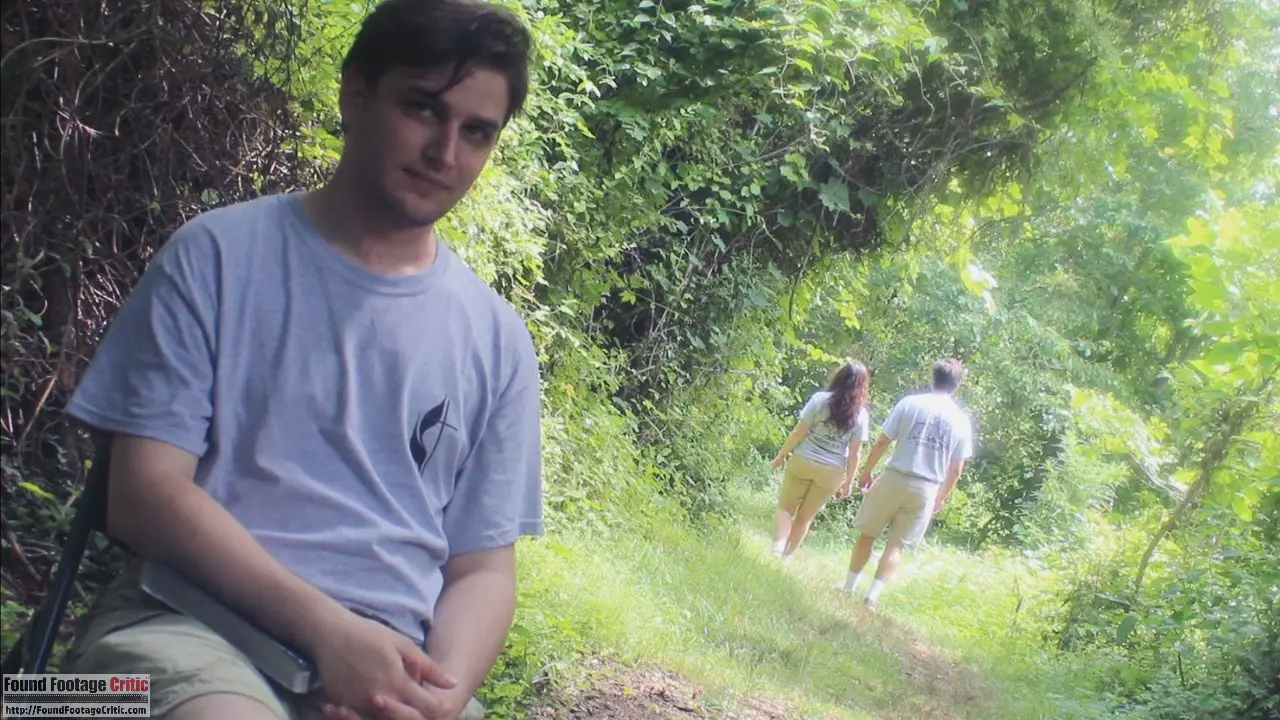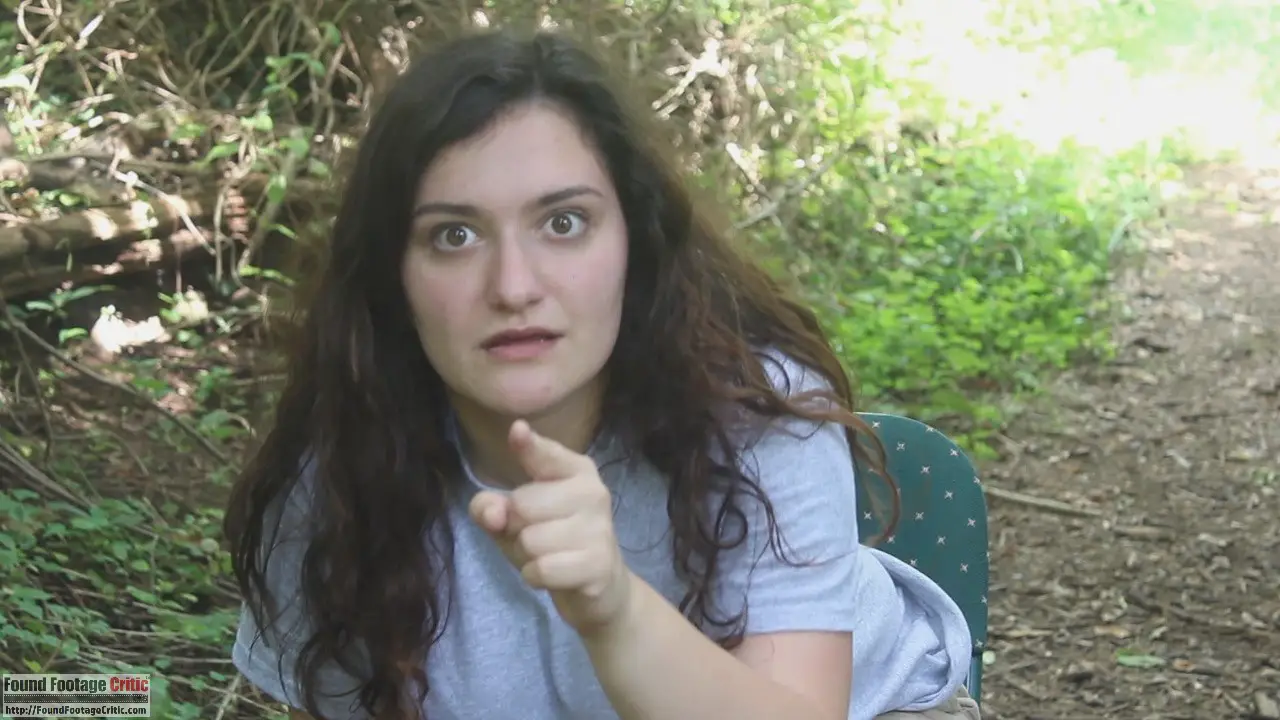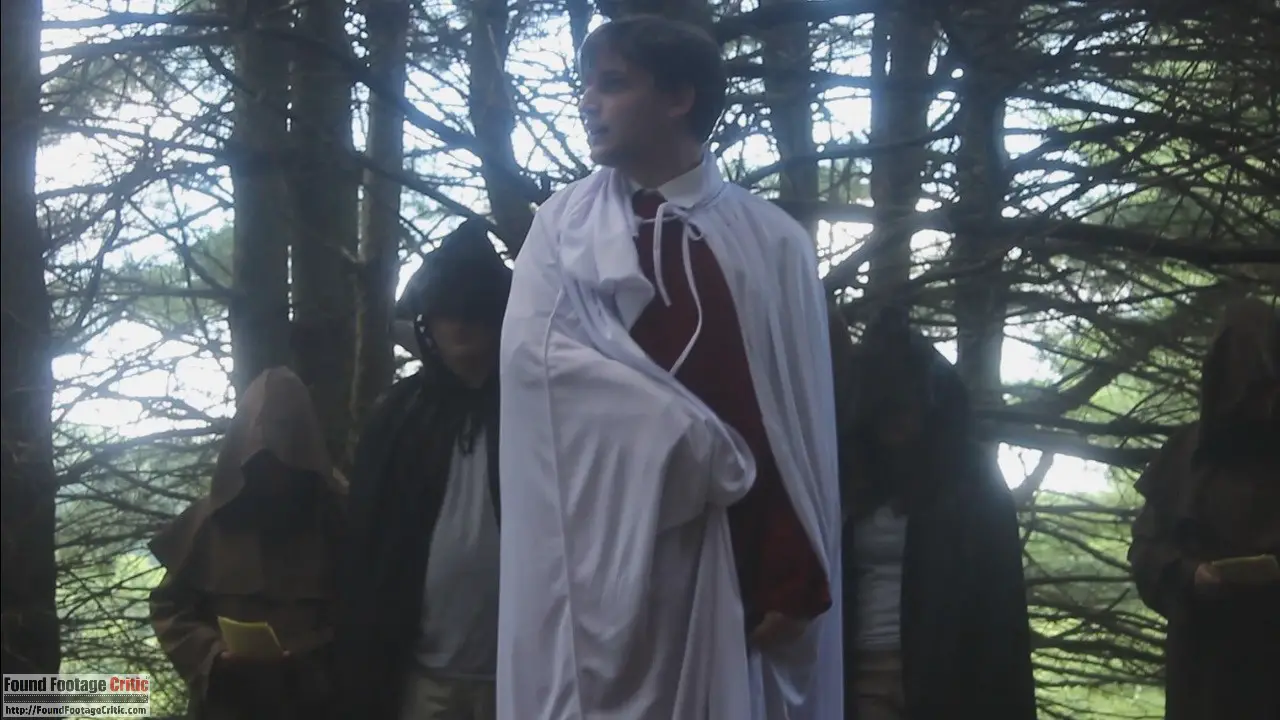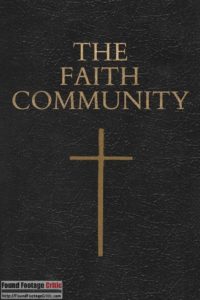 “The Faith Community” is a found footage film directed by Faith Johnson and written by Faith Johnson and Robert A. Trezza. The film follows a group of three students who find themselves entangled in a religious cult out in the wilderness.
“The Faith Community” is a found footage film directed by Faith Johnson and written by Faith Johnson and Robert A. Trezza. The film follows a group of three students who find themselves entangled in a religious cult out in the wilderness.
Although a fictional story, The Faith Community set the Internet ablaze with faux propaganda videos. The filmmakers even launched a fake website for camp Nazareth with aged posts dating back three years before the release of the film. The film’s IMDB page finally cemented the truth fictional nature of The Faith Community.
The film opens with an introduction by Hannah, a college student and president of the Campus Christian’s Collective—a religious club focusing on “studying God’s word.” She goes on to explain that members of her club are en route to attend a bible retreat at Camp Nazareth in rural Maryland.
In Hannah’s own words, “What you are about to watch is footage from our stay out in the Quiet Brook forest…We hope the fun that we had in camp Nazareth will inspire you to join us in our mission to serve as messengers of God.” Will the intrepid group find their faith on this pilgrimage into the forest or something much more sinister? The footage will review the truth.
Watch now: Amazon Video, POV Horror Roku, POV Horror Amazon Fire TV
Found Footage Cinematography
The found footage cinematography used throughout The Faith Community is commendable. The entire film is shot with what is supposed to be a somewhat aged and glitchy camcorder. The troublesome camera has a tendency (as portrayed in the film) to periodically shoot highly overexposed scenes. Several of these overexposed scenes effectively create tension and even a pseudo-jumpscare or two, as it’s not always entirely clear what is taking place on-screen when the frame is nearly whited-out.
The filming technique comes across as having been filmed by amateur videographers, which is the intended purpose of the film. After all, The Faith Community is shot by a group of college students attending a bible retreat.
Filming Reason
The filming reasons used in The Faith Community are generally good. The film starts off with footage of the protagonists (i.e. members of a school religious club) driving to rural Maryland. This footage presents as fairly organic. During these early scenes, the group is engaged in religious banter and other related conversation. Once they arrive at Camp Nazareth, the group films everything as part of a documentary they presumably arranged with the religious leader—known as The Messenger.
As the film progresses and the group’s safety becomes more questionable, the filming reason begins to falter somewhat. Eventually, The Faith Community reaches a tipping point where the reason for continued filming by the protagonists may raise an eyebrow for some viewers. Despite this incongruity, the filming reason once again finds its footing towards the final third of the film.
Faith Johnson makes a faithful (pun intended) attempt to include footage that looks as though the camera accidentally captured key events taking place in the background or at the very edge of the frame. Much of this footage is captured while the cinematographer lugs the still-filming camera at his (or her) side or is distracted by a conversation with another character. This footage is offered to enlighten viewers as to what is actually taking place without the characters necessarily being aware of the same. While these scenes are generally good and further the plot, they sometimes come across as too convenient or staged.
Found Footage Purity
The found footage purity measures how real a film comes across as actual found footage. When taken as a whole, The Faith Community does a good job at approximating actual found footage in the way of cinematography, acting, and technique. However, one area where the film’s found footage conceit unravels is with the set design. The cult, such that it is, has no appreciable infrastructure to subsist more than a few days let alone weeks or months.
As strong as The Faith Community is, the film does not present enough visual evidence to convince viewers that what they are watching is a self-sufficient community of people that can survive out in the wilderness. Exploring this further, the cult members live in a few pup tents and a few other shelters consisting of jury-rigged plastic tarp and rope. Despite these spartan living conditions, all of the cult members have exceptional hygiene, are well fed, and are well manicured. Even their clothes are in pristine condition. For some viewers, these inconsistencies with their actual situation may raise questions that overshadow the plot, which may ultimately break the suspension of disbelief—the primary intent of a found footage film.
The found footage cult film The Triangle (2016) arguably sets the gold standard for establishing a realistic community, with its custom-made geodesic dome-like structures made from building insulation boards. other like-minded found footage films involving religious cults in the wilderness were shot in preexisting buildings in remote forest locations (perhaps actual camps or resorts). While The Faith Community is to be commended for what they achieved on a limited budget, investing in renting several large robust tents would have gone a long way towards creating the illusion of a more established and self-sufficient community.
Acting
The ensemble cast in The Faith Community does an admirable job portraying their respective roles as victims and antagonists. In a sense, even the antagonists in The Faith Community are themselves victims of their delusional and not-so-sane leader—The Messenger.
Jeremy Harris plays the religious leader known only as The Messenger and delivers the standout performance in The Faith Community. His character claims to have grown up in Illinois (despite the New York accent) and has an acting background, which becomes evident through his flamboyant theatrics. While The Messenger behaves cordially, just beneath the surface is a disturbed man who can just barely tolerate those questioning his beliefs and methods. Jeremy Harris exceptionally portrays a person who is just on the brink of snapping if pushed too far.
Oliver Palmer is very good as Michael, who was (presumably) dishonorably discharged from the military before being recruited by The Messenger. Michael is a very disturbed individual whose military training and mental state make him a powder keg ready to explode. Rounding out The Messenger’s motley crew of misfits is Isabel (Julia Feinberg), Eric (Michael Fiocco), and additional cult members played by Heather Johnson and Grant Johnson.
While the members of the religious cult are clearly outcasts of society, the members of the religious club have their own unique social challenges. The three club members and friends are portrayed as extraordinarily naive and the products of sheltered upbringings—making this group a prime target for The Messenger.
Janessa Floyd admirably plays Hannah, the well-spoken and faith-driven president of the school religious group. Aidan Peter Hart performs well as the most innocent and clueless of the three-person entourage. Finally, Jeffrey Brabant is good as Colin, the cynical member of the group, who does his best to warn everyone of what they walked into only to find his words ignored.
Plot
The found footage landscape has no shortage of cult-themed films. Going back several years, Children of Sorrow (2012) and The Sacrament (2013) share a similar plot. In both films, the protagonist infiltrates a cult to save his sister who was brainwashed and indoctrinated into a twisted religious organization out in the wilderness. More recently, the segment Safe Haven in V/H/S/2 (2013) and Apocalyptic (2014) involved journalists shooting a documentary about religious cults. On the more eclectic side is Lunoplis (2009), about a religious cult that believes a population of humans lives on the dark side of the moon.
Within the pantheon of found footage, plotwise The Faith Community falls somewhere in the middle of this group of films—excluding the satirical Lunoplis (2009), which is in a category all its own. Execution-wise, The Faith Community was shot on a much smaller budget than these other cult classics, lending to the film’s more intimate feel and close quarters. These constraints don’t necessarily detract from the film’s message, although more elaborate sets would have significantly improved the perceived realism of The Faith Community.
The Faith Community takes a linear, yet effective, approach telling its story. A group of sheltered college students that are part of a school religious club drives out into the wilderness to learn more about their faith under the pastorage of a religious leader. The students soon find themselves entangled in a predicament they are ill-equipped to deal with.
The filmmakers also took the time to create a website for Camp Nazareth well before The Faith Community was filmed and even posted a series of videos leading up to the release of the film. Small nuances such as these create a means for found footage fans to explore the Internet for collateral material, adding to the enjoyment of the feature film.
The Faith Community puts a new spin on the cult genre that we haven’t seen in prior found footage films. The interesting story and good (and sometimes creepy) performances make this a film worth checking out.
Watch now: Amazon Video, POV Horror Roku, POV Horror Amazon Fire TV
The Faith Community (2017) – Official Facebook Page

